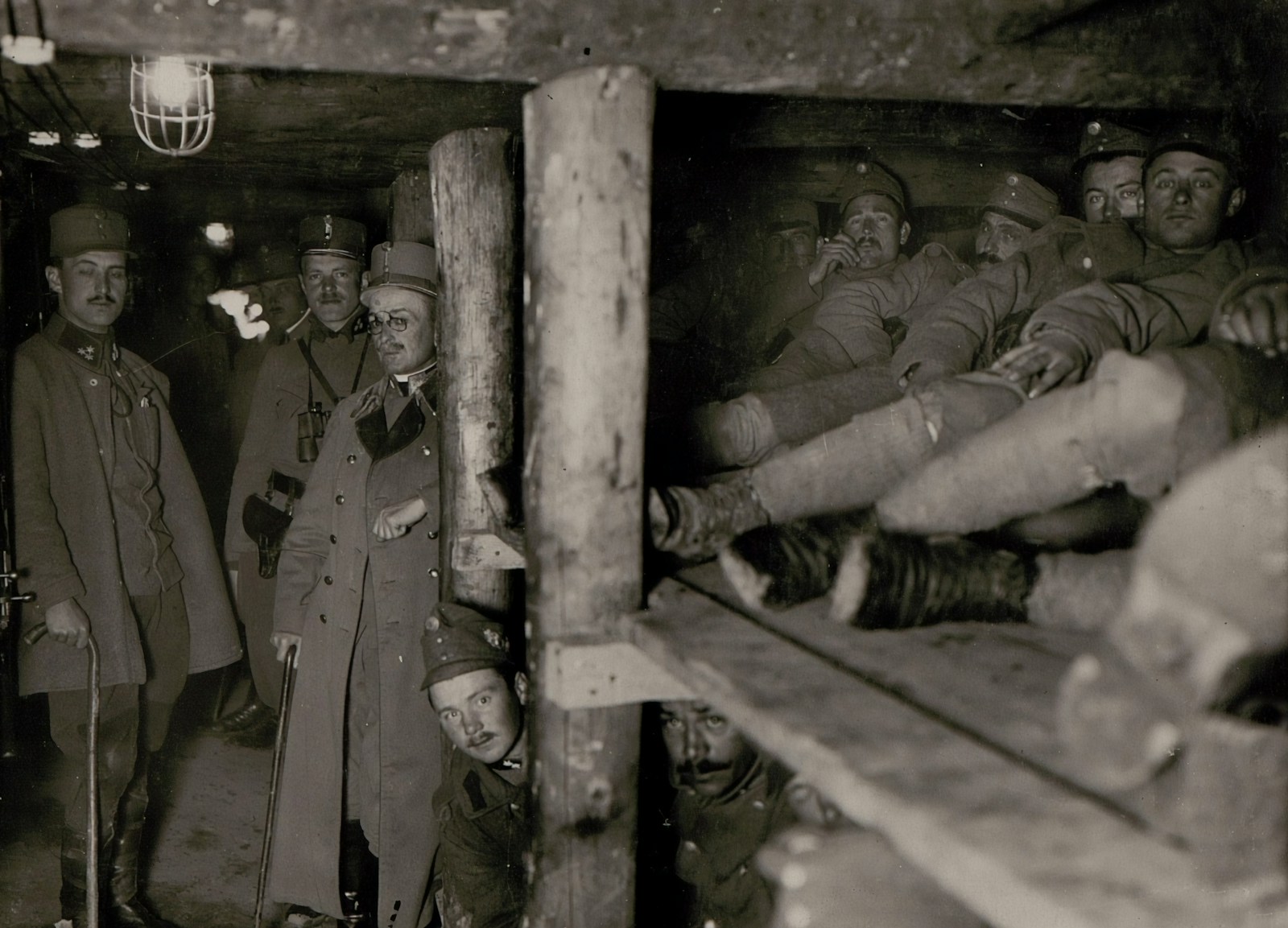
The debate over the existence of an ‘operational level of war’ is not new. As modern warfare continues to evolve with technological advancements and complex geopolitical landscapes, this discourse grows more intense.

One side asserts the operational level as an artificial construct that potentially hinders the strategic application of military force, while others argue for its necessity as a crucial link between strategy and tactics.

The idea of the ‘operational level of war’ can be traced to Soviet military thought and has been deeply scrutinized in Western analysis. Critics contend it creates an unnecessary layer that blurs the line between strategy—essentially the use of battles and engagements for the purposes of the war—and tactics—the conduct of these battles and engagements.

They suggest that this level is an “odd articulation of the need to be good at tactics” rather than a distinct and useful tier of warfare planning and execution. As one author puts it, the ‘operational level of war’ is something like a “fallacy built on the failure to understand historical teaching on strategy and tactics.”

The operational level is often associated with the Soviet thinker A.A. Svechin, who discussed ‘Operational Art’ as a conceptual connection between tactics and strategy.

Yet, historical examples suggest that tactical victories are not necessarily linked to strategic success, highlighting that the ‘operational level’ may not be the necessary linking mechanism it purports to be.

Hannibal and Napoleon, for instance, were excellent at winning battles through precise operations, yet their strategic failures are well-documented. This challenges the idea that there is an ‘operational art’ distinct from strategy or tactics.

The debate extends to the contemporary military framework, where the direct link provided by modern communications challenges the relevance of the operational level.

The claim is that these advancements allow for an “intimate” connection between strategic direction and tactical execution, calling into question the need for a dedicated operational tier.

As military operations have become more transparent and immediate due to global communications, the argument goes, the impact of tactics can have immediate strategic consequences, further muddying the waters of the ‘operational level’s’ necessity.

Some argue that the understanding and application of ‘operational art’ are contextual, proposing that in some future war, a unique approach will be needed to develop a theory of larger unit operations accommodating new capabilities, contexts, and needs. They suggest that until such a need arises, the concept may be set aside.

However, supporters of the operational level of war emphasize that it has never been more crucial, especially in coalition efforts and campaigns spanning multiple domains and involving numerous state and non-state actors.

They argue that the complexity of modern conflict necessitates a level that can orchestrate vast and varied tactical endeavors to achieve strategic objectives coherently.

In closing, while the theoretical foundations of the operational level of war are debated, the practical necessity of this level in the planning and execution of contemporary operations is evident. It serves not as an arbitrary separator but as an essential bridge facilitating the complex interplay of strategic intent and tactical action.

Military doctrine acknowledges the potential for overlap and compression among the levels of war and advises applying the framework with discernment, reinforcing the operational level’s continued relevance in dynamic conflict environments.
Relevant articles:
– The Operational Level Of War Does Not Exist, The Journal of Military Operations
– The Levels of War as Levels of Analysis, Army University Press (.mil)
– A New Look at Operational Art: How We View War Dictates How We Fight It, NDU Press
– Where To For ‘The Operational’? An Answer., The Journal of Military Operations

